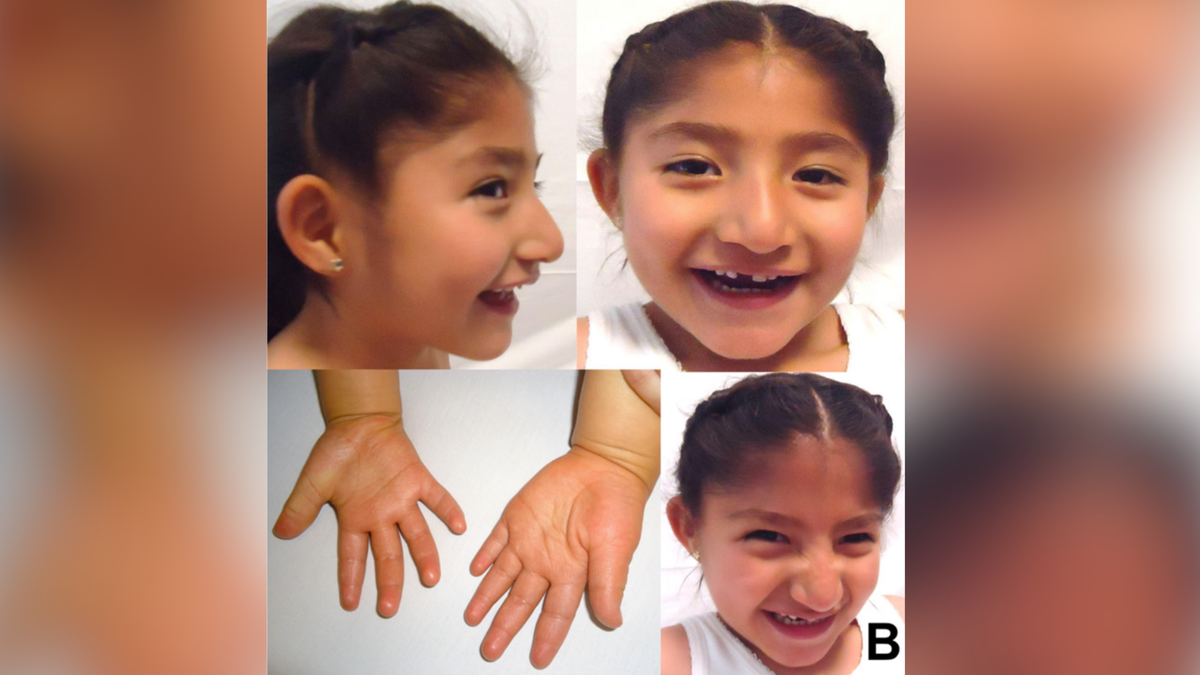Disease name: Angelman syndrome
Affected populations: The disorder is believed to affect somewhere between 1 in 12,000 and 1 in 24,000 people, although these figures may be underestimated. Many cases of Angelman syndrome can go undiagnosed because the disorder shares symptoms and characteristics with other conditions. Men and women are equally likely to experience the disorder.
Causes: Angelman syndrome is a genetic disorder named after Dr. Harry Angelman, who first reported it in 1965. The disorder principally affects the central nervous system, meaning the brain and spinal cord, and it’s caused by mutations in the UBE3A gene. This gene carries instructions for a protein needed to maintain the normal development and function of cells, including neurons in the brain.
In each cell, humans typically have 23 pairs of chromosomes — thread-like structures that house DNA. One parent contributes half of each chromosome pair, and the other parent contributes the other half. UBE3A is located on chromosome 15. Mutations that delete the gene or change its structure, function or activity can cause Angelman syndrome. In many cases, a mutation develops spontaneously on the copy of the gene from the mother.
The genetic mutations behind Angelman syndrome usually occur randomly, but between 3% and 5% of children inherit them from their parents. In around 10% of people with the condition, the exact cause of the syndrome can’t be identified.
Related: New genetic cause of intellectual disability potentially uncovered in ‘junk DNA’
Symptoms: People with Angelman syndrome normally start to develop symptoms of the disorder in early childhood. These include developmental problems, such as having difficulty sitting unsupported or babbling, that become apparent around ages 6 to 12 months.
As the disorder progresses, affected people may struggle to speak and walk because of balance and coordination issues. They may also experience seizures, which usually begin when a child is between 2 and 3 years old. Furthermore, some people with the condition may have distinctive facial features, such as a prominent chin, deep-set eyes or abnormally wide mouth. People who have the syndrome usually have a normal life expectancy.
Symptoms of Angelman syndrome can sometimes be confused with other disorders that also cause developmental delays, such as autism or cerebral palsy, possibly leading to misdiagnosis.
Treatments: There is currently no cure for Angelman syndrome.
However, several treatment options exist to help manage their symptoms. For example, doctors may prescribe anti-epileptic drugs to control patients’ seizures. Physiotherapy and communication therapy can also help to respectively improve patients’ ability to walk and communicate with others without speaking — by using hand gestures or signs, for example.
This article is for informational purposes only and is not meant to offer medical advice.
Ever wonder why some people build muscle more easily than others or why freckles come out in the sun? Send us your questions about how the human body works to community@livescience.com with the subject line “Health Desk Q,” and you may see your question answered on the website!
